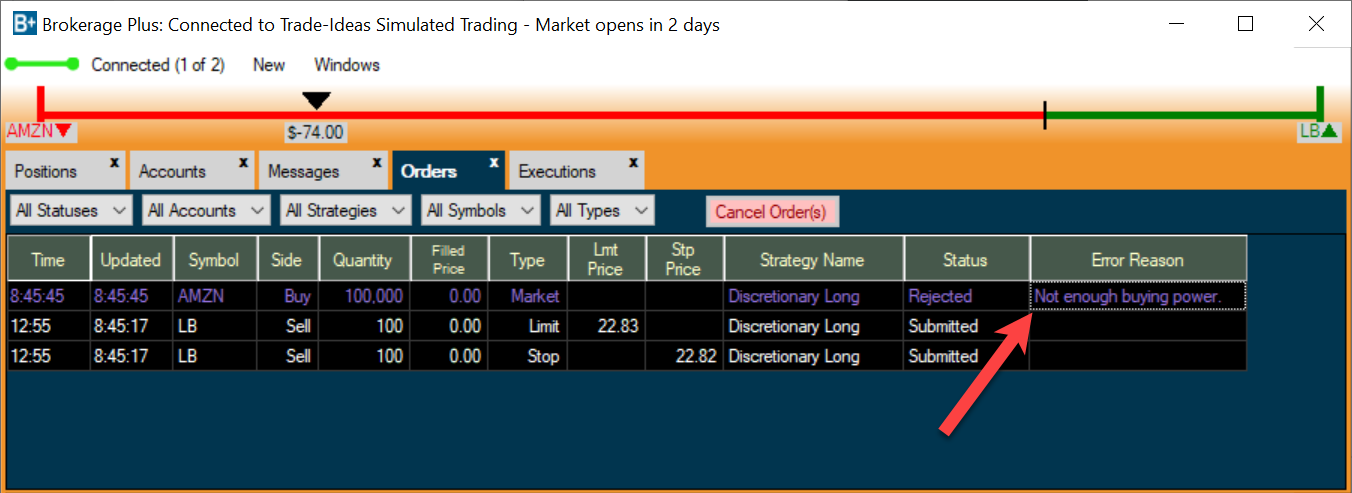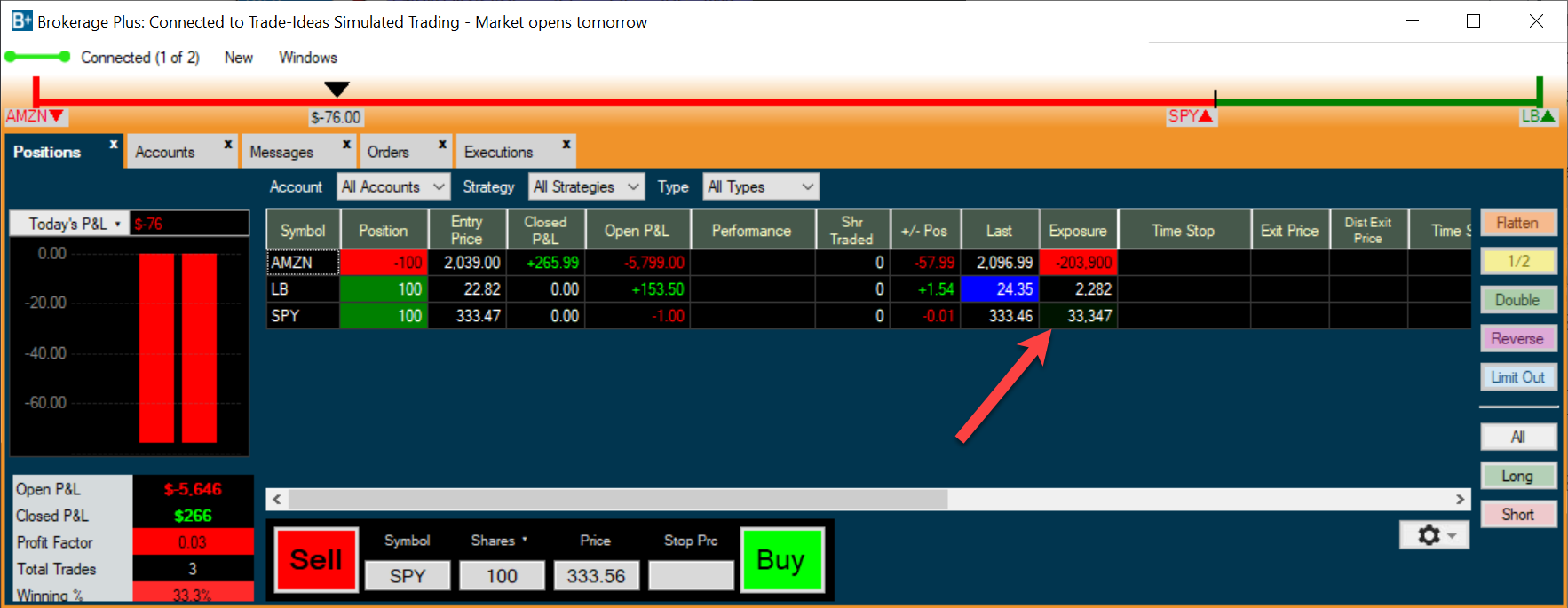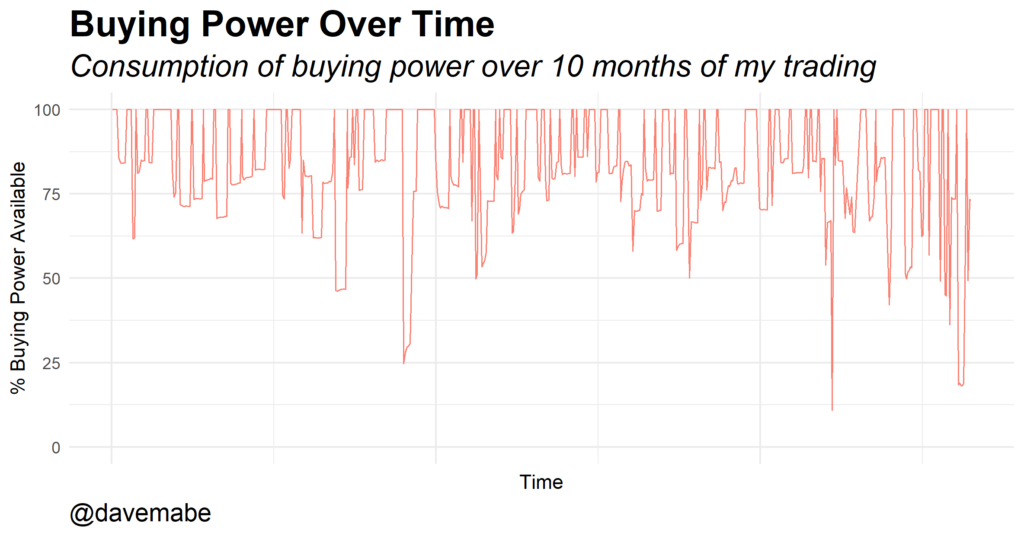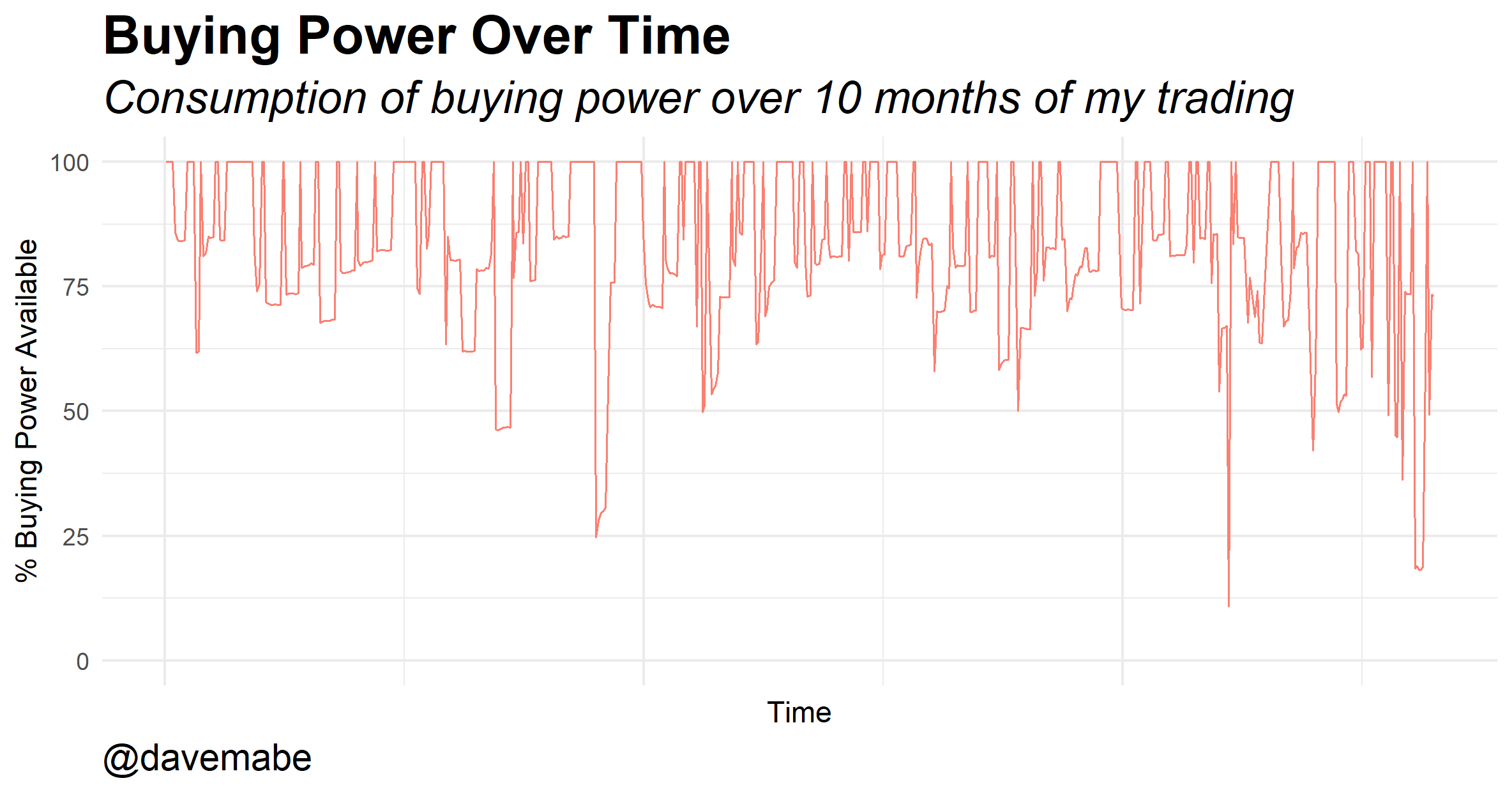Just a few weeks ago my phone rang and I had a conversation that, unbeknownst to the caller, took me back 23 years ago to when I graduated from The University of North Carolina at Chapel Hill. The caller was my daughter’s good friend who had just graduated from college last spring. He had recently started a job in New York City and seeing as I’m the “finance guy” in our family, called to pepper me with some investing questions. He wanted to get started off right.
- “What brokerage account should I use?”
- “Which mutual fund should I invest in?”
- “Do you have any hot stock tips?!?”
These questions were eerily familiar. I was happy to talk to him and impart what knowledge I could to a millennial who was not accustomed to using phones for actual conversations. He was particularly interested in which brokerage I thought he should use and didn’t really like my first answer (“it doesn’t matter.”) He insisted on pinning me down, so I recommended Schwab for his purposes.
After we hung up I had the bizarre feeling that I had been through this before – but on the opposite side. In the spring of 1997, I was the one asking these “important” questions, getting advice from various people in my life to invest the tiny amount of money I’d somehow managed to cobble together.
Most of the memories of the investing “wisdom” I received is now very foggy and vague – 23 years of time will do that to memories (or even a much, much shorter amount of time if you ask my wife). I do, however, vividly remember one piece of advice that was insistently repeated by multiple people I looked up to: avoid at all costs, no matter what, the dreaded margin call.
Getting a margin call meant something had gone horribly wrong and you had been completely irresponsible to have let it happen. A margin call was literally a scolding phone call from your broker and it meant that you were using margin and had run out of buying power in your account; it was time to either add more money or inconveniently sell some existing holdings. Shame on you!
It took me several years of trading to come to the realization that this is exactly the wrong way to think about buying power. Here’s why.
Efficient Use of your Capital
First, let’s take a look at an extreme case. Let’s say you have $250,000 in your brokerage account but you only bought 1 share of AAPL and held it for a year. Apple is trading at $313 right now, so you have $313 at work in your account. That leaves $249,687 of cash in your account ready to be somehow invested. You’re using 0.12% of your capital in this account. If you add margin to the mix it’s even less than that!
We can all agree that this scenario is a very inefficient use of your capital. You’re wasting most of the money in your account when you could be doing something else with it.
Use as Much Buying Power as you Can
You want to allocate your capital efficiently. Everyone likes efficiency, but what does that really mean for trading? Efficient use would be using 100% of the buying power in your account at all times, including margin. It turns out that “maximum efficiency” is also an extreme case – the exact opposite of our example above. In practice you won’t be able to know what trades are coming your way so you won’t be able to allocate the precise amount required to trade them. You’ll need to come up with a decent approximation ahead of time.
Estimate the Capital Required
You should have some idea of the types of trades you’ll be making. This is the hard part for the vast majority of traders – coming up with the trading system you’ll trade. Let’s assume though that you have a loosely defined trading system in mind. In theory you could come up with a simple estimate by using this formula:
max shares * max stock price * max trades per day = max buying power required
In reality, though, this calculation will overestimate the amount ACTUALLY required. Why? Because it’s highly unlikely that you’ll ever run into the situation of using the max share size for all the trades on a day where you reach the max number of trades for the highest priced stocks that you’ll trade. This is so rare that it’s not worth planning for anyway. Think of the value for this calculation as the upper limit.
I hesitate to recommend winging it, but in this case a reasonable approach is just to make a guess and use that amount.
How Do I Know if I’ve Run Out of Buying Power?
I remember the first time I ran out of buying power when trading. I was using the old Scottrade Elite for my trading platform at the time. (Anyone here old enough to remember that platform? Let me know in the comments!) The status messages for orders were neatly tucked away making it very difficult to find out why an order didn’t execute. I didn’t even notice until minutes later when I glanced at my P&L and I was still breakeven when I should have a tidy profit from the trade I had assumed I entered. My first thought was there was an error with the platform but after calling support they told me I had run out of buying power. I instantly remembered the financial advice from my college days and hung my head in shame. How could it come to this! By the time I realized this the profitable trade had already passed me by – even more frustrating!
It’s good practice to try to visualize this scenario before it happens and come up with a plan for when it occurs. You’ll need to make some split second decisions about what to do. Here’s what happens in Trade-Ideas Brokerage+ when you run out of buying power. Your order will be rejected and will have purple lettering. Look for the Error Reason column – it will say “Not enough buying power.” In the example below I put in an order to buy 100,000 shares of AMZN and, of course, it was rejected due to insufficient buying power. Note that this is another extreme example – luckily none of my trading strategies will ever call for buying this many shares of such a high priced stock!

Consider when you’re likely to run into this. It’s not when you’re just casually monitoring your positions – this will happen exactly at the point where you’re eager to get into what could be a profitable trade. Don’t take it personally! If you’re not prepared, it can easily create a situation where you’ll make a costly trading mistake – or even a few in a row.
OK You’ve Run Out of Buying Power – Now What?
When you actually do run out of buying power as you try to open a new position, you’ll have three options of what to do about it, each of which are perfectly valid choices.
- Do nothing
- Reduce the size of the order you’re attempting to enter
- Exit or reduce size of an existing position
Doing nothing is probably the underrated choice here. You’ll likely be pretty frustrated and ripe for making a costly error here. Stop entering new trades for the day and just let your existing trades play out – a safe choice.
The next option is pretty simple – just reduce the size of the order you’re trying to enter. For example, instead of buying 1000 shares use 500. This has the advantage of taking your intended trade as planned. It’s possible that doing this will allow you to slide just under your buying power limit.
The third option is the most time consuming and requires some quick decision making: exit or reduce size of an existing position. It sounds simple but in the heat of the moment it’s really easy to make a mistake so it’s worth going through the motions and coming up with a plan outside market hours.
You’ll need to quickly determine which of your positions are contributing the most to your buying power consumption. If you exit a position that isn’t consuming that much buying power it may not help at all. I’ve had this happen before: I just started exiting my positions one by one until I got under the limit but I ended up exiting ones that contributed a negligible amount, so I ended up getting out too early from several profitable positions.
In my experience, there’s usually just one or two positions that contribute the overwhelming majority of the buying power. Being able to quickly identify these positions can be the difference between getting into the profitable trade you’re trying to enter and missing out. The trading platform I use (Trade-Ideas Brokerage+) includes a column called “Exposure” so I can sort my positions by how much buying power they’re consuming. This feature allows me to quickly identify those positions and reduce size or exit them quickly.

Read more about Trade-Ideas Brokerage+ and why I use it to enter all my trades.
Monitoring your Buying Power

The above graph shows my buying power available as a percent of total buying power over the course of 10 months of my trading. Notice the red line doesn’t ever go to zero. That doesn’t mean I’ve never run out of buying power. The red line only needs to fall to the point where your next trade would consume more than what’s currently available. So many of those downward spikes in the graph represent points where I was essentially “out of buying power” even though technically there was some level of buying power remaining in my account.
Note also that there will be plenty of points where you were “out of buying power” but you wouldn’t know it because there happened to not be another trade you were attempting to make that would have put you over the limit. This graph gives me a long term picture of my buying power whether I had rejected orders that made it obvious to me at the time or not.
I WANT to run out of buying power occasionally – not every day of course but somewhat regularly. It’s not something to dread – it’s a sign that you’re efficiently using your capital but also a gentle nudge suggesting there might be ways to slightly modify your strategies to use less capital.
What if you *NEVER* Run out of Buying Power?
If you’re never run out of buying power, then that’s great! Or is it? Remember our extreme example above of buying 1 share of AAPL in a $250k account? It’s not just sub-optimal but it’s actually quite risky. The most basic unit of risk in trading is your account. You can theoretically lose all the money in your account but not more than that.
If you’re not running out of buying power even occasionally then you should consider that your account might be too large. (A great problem to have, by the way!) Think about it: if you’re not running out of buying power then by definition some percentage of your account is not required to execute your trades. That excess money is only earning interest – but otherwise is not working on your behalf. Is there something else you could do with that money that would be of better use to you? I suspect there is.
I keep close tabs on my buying power consumption over time and if I DON’T run out of buying power routinely then I see that as a problem that needs to be addressed. Here are three options you should consider if you’re in this situation:
- Increase size in your existing trading strategies – here’s how I do this.
- Start trading additional strategies to consume the excess buying power
- Take the excess capital out of your trading account and put it to a more productive use elsewhere
There is no right answer here – these are all personal decisions that are highly dependent on your current trading situation.
But – when you do run out of buying power, consider it a pat on the back rather than a scolding.

1 comment
Comments are closed.